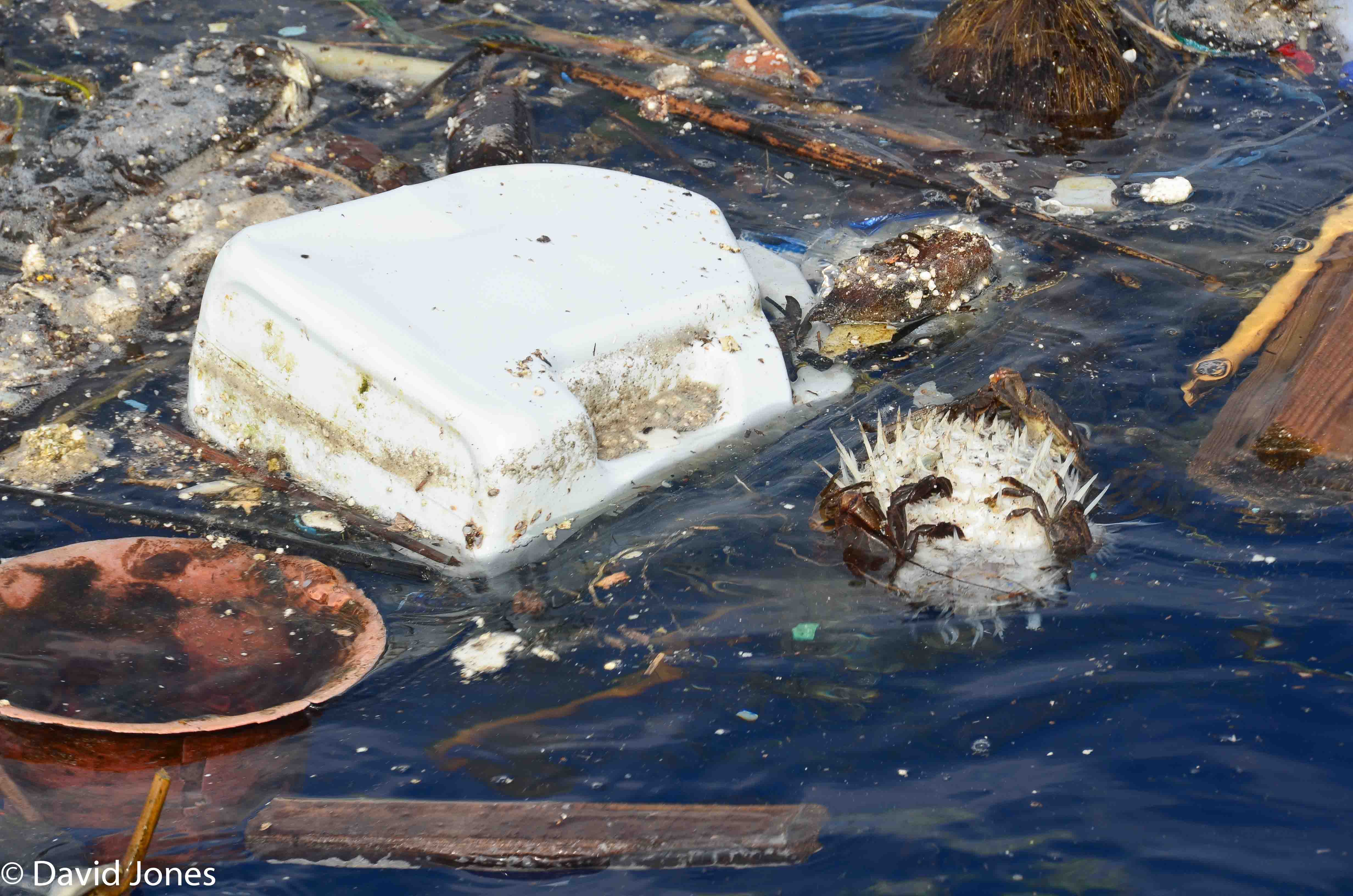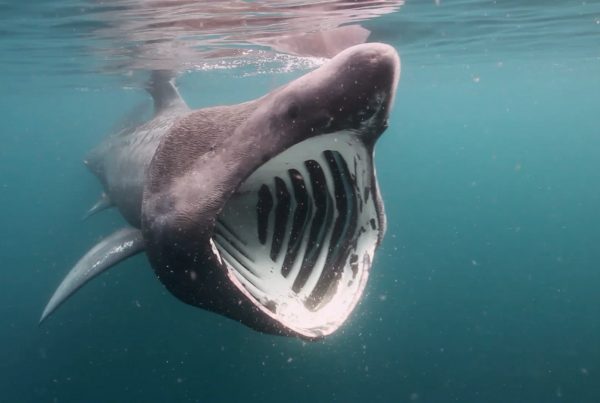
A Global Issue
Did you know that we manufacture just under 300 million tonnes of plastic a year – that is equivalent to the weight of the entire adult population of the planet. Plastic has revolutionised the way we live, but while it is an amazingly versatile and useful product we just do not have the waste management facilities to cope with this much waste. Around half of what we produce we use just once, then we throw it away and much of this eventually ends up in our oceans where it causes incredible harm to the ecosystems and the marine animals within them. The problem is so big that we have to act now.

Toxic Timebombs
The problem and damage is not just limited to the environment and marine animals. As plastic journeys on ocean currents for many years it breaks down due to the action of the sun and waves into tiny particles called microplastics. These are joined by other ‘primary microplastics’ such a fabric fibres and cosmetic beads. Unfortunately these plastic particles attract toxins, toxins that can cause all manner of diseases in humans. These toxins have found their way into the oceans over many years from industrial and agricultural sources and until recently the ocean has done a pretty good job of protecting us by diluting them . However, when they come into contact with the billions of plastic microparticles they hitch a ride becoming miniature toxic pills. These plastic particles are being ingested by marine animals at various trophic levels and as they do so these toxins are being passed up the food chain, becoming more concentrated as they do. Ultimately we are at the top of that food chain and the outcome could be potentially catastrophic

A Few More Facts and Figures
- 80% of the waste in the ocean is thought to be plastic.
- Plastic pollution kills around 1 million seabirds and 100,000 marine mammals every year
- Virtually every piece of plastic that has been made still exists somewhere on the planet
- Bottled water costs around 500 times more than the equivalent amount of tap water
- Packaging is the largest end use market segment accounting for just over 40% of total plastic usage (Plastics Europe)
- Annually approximately 500 billion plastic bags are used worldwide.
- More than one million bags are used every minute.
- A plastic bag has an average “working life” of 15 minutes.
- Over the last ten years we have produced more plastic than during the whole of the last century.
- Plastic accounts for around 10% of the total waste we generate















